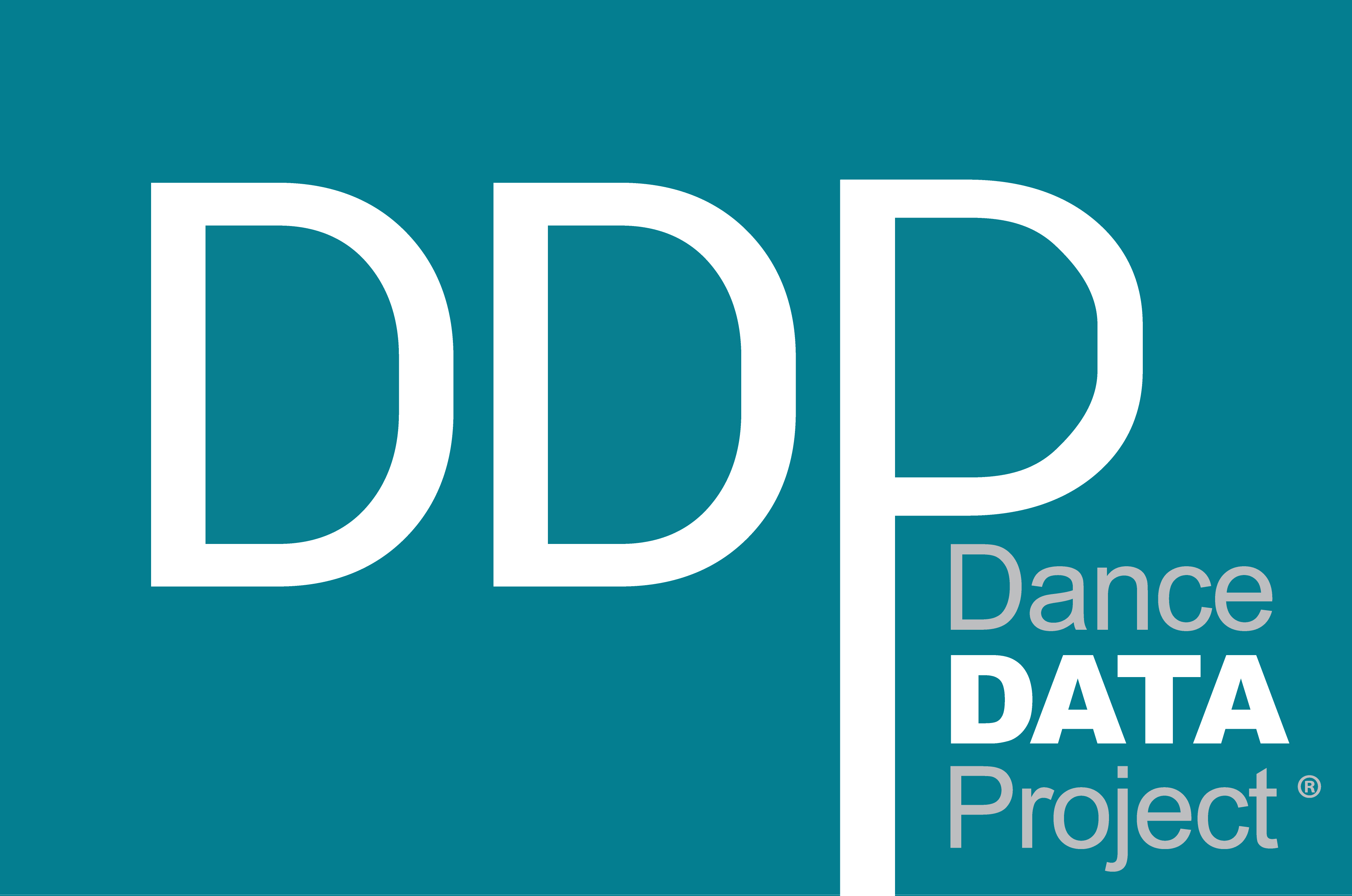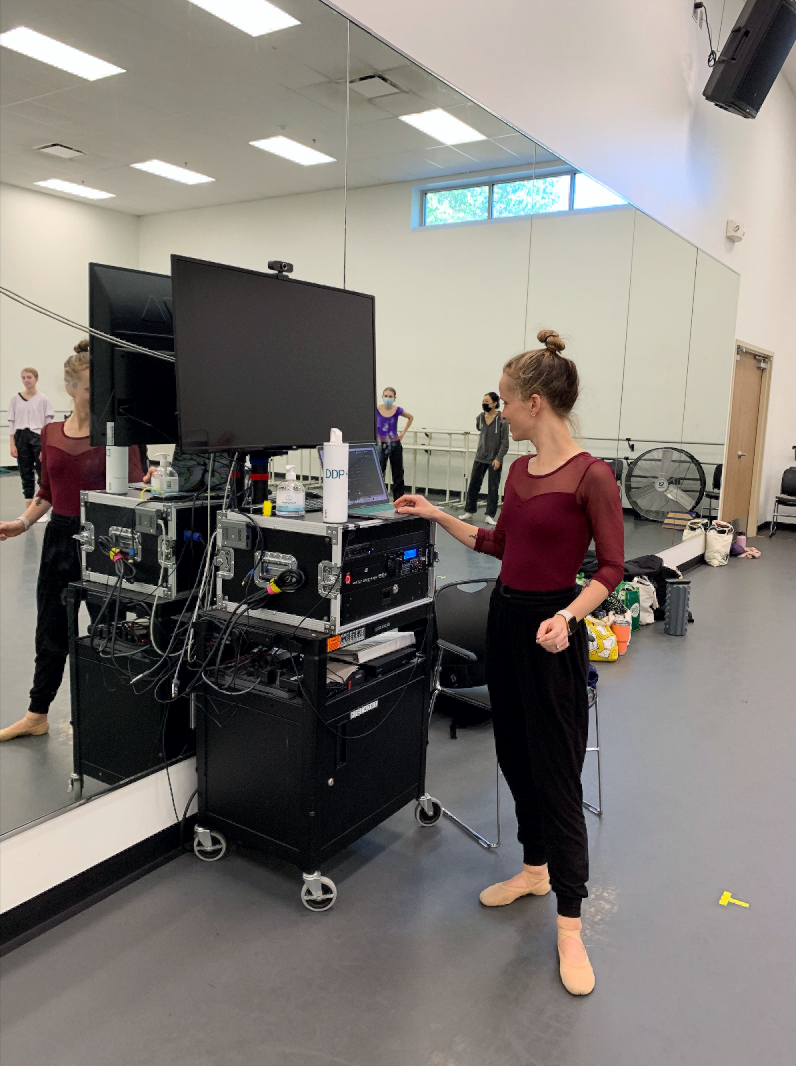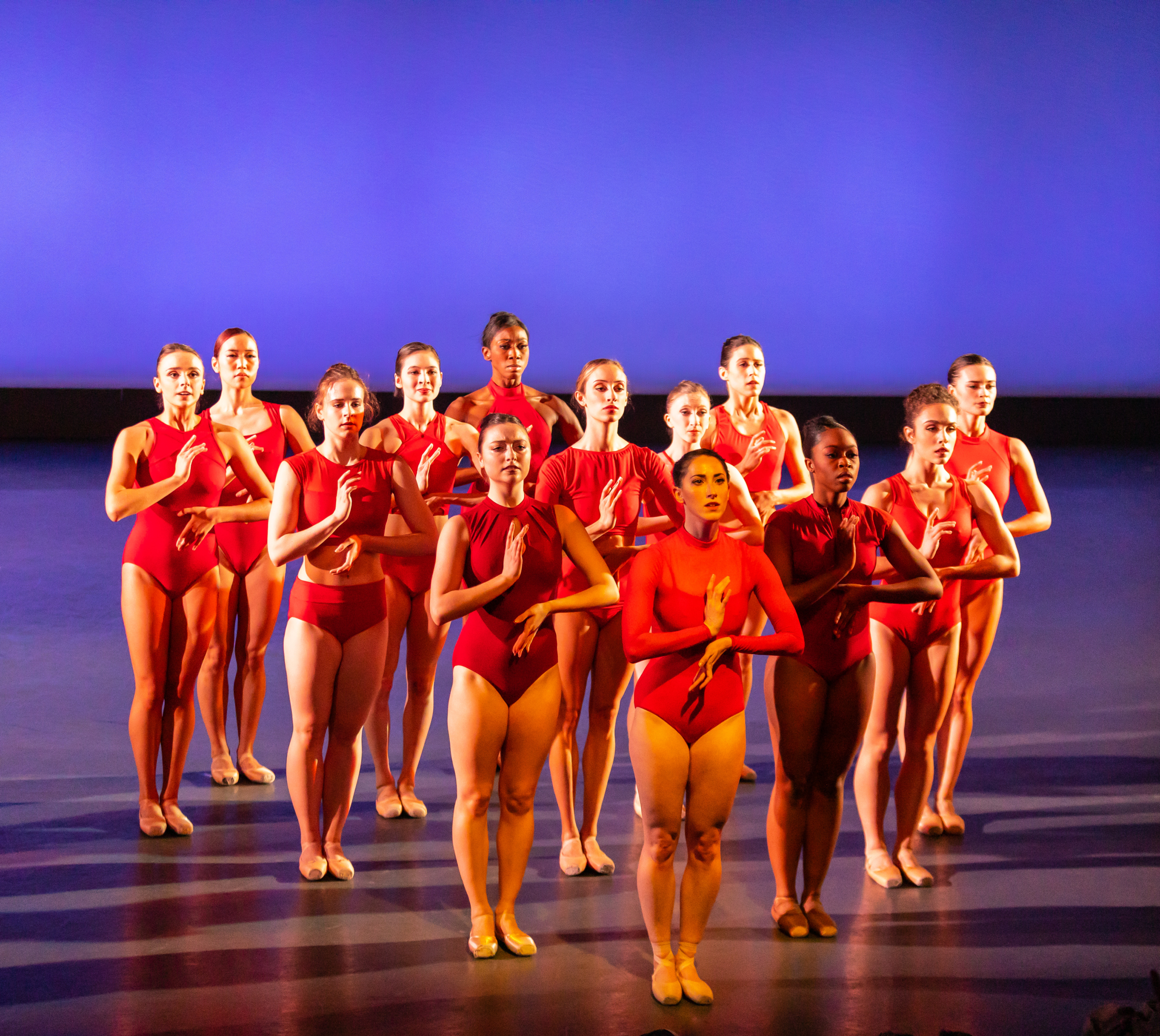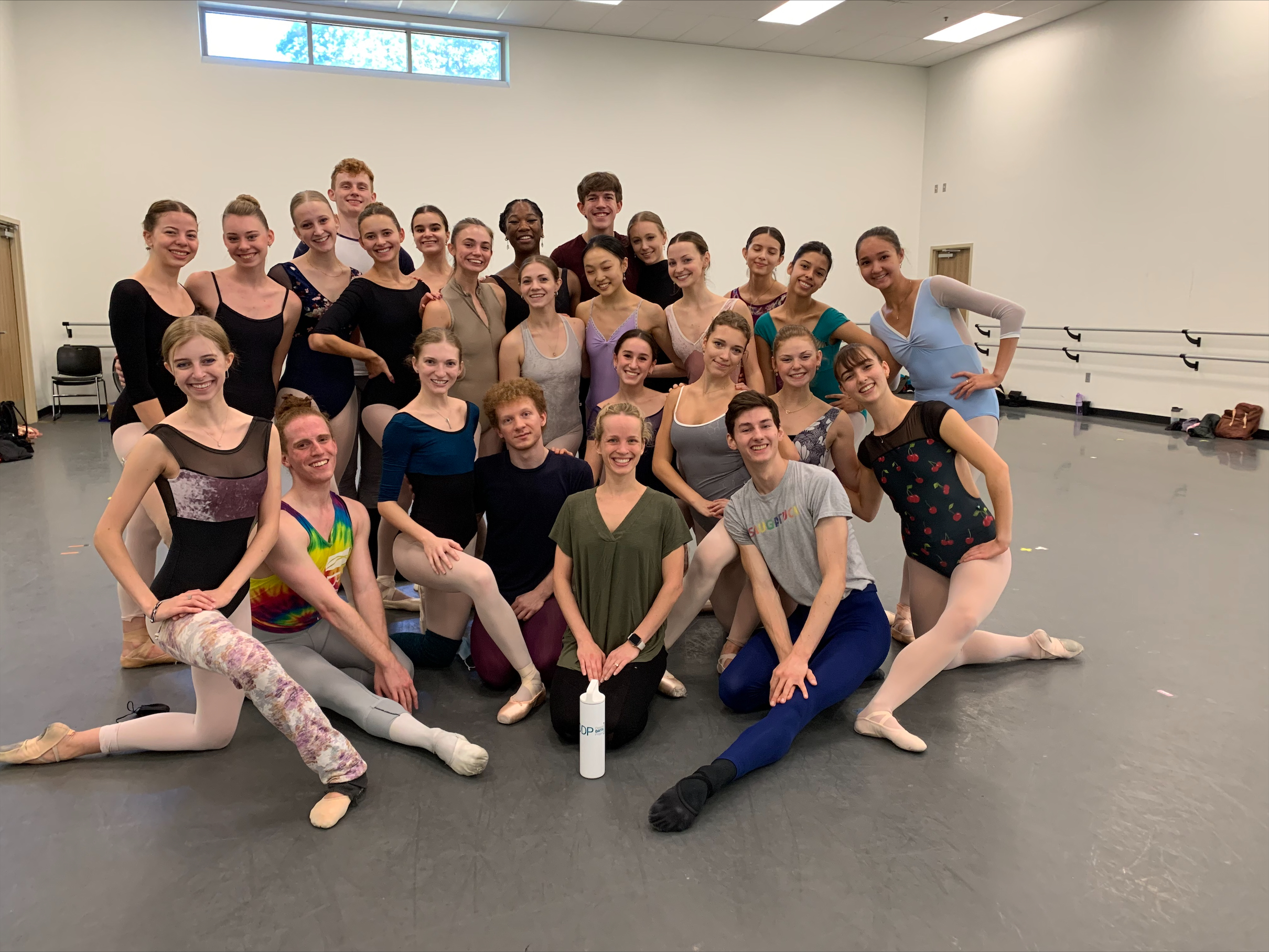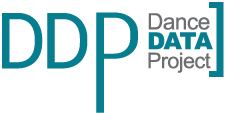Choreographer Profile:
Mollie Sansone
You were recently appointed to be the first-ever female Resident Choreographer at Nashville Ballet. Tell us about your plans for the upcoming performance season and what you’re most looking forward to within this new role.
It is truly an honor to have this new role, especially as a woman! Sometimes I have to pinch myself to make sure it is real. I am very excited about the different projects my choreography will be a part of this season, and the new works I will have the privilege of creating. I will be one of many collaborators of Paul Vasterling’s Anthology, I will be creating a brand new piece for Nashville Ballet 2, and I will be choreographing for this season’s digital series.
I feel I have already learned so much more about myself – as a person, dancer, and choreographer – as I have begun researching and workshopping for these upcoming performances. I am looking forward to discovering more and challenging myself to grow and learn new things. Being both a dancer and a choreographer simultaneously, I have found a certain peace with my work. I have discovered grace and gratitude for how my eighteen-year career has developed, and how it continues to do so.
While choreographing, I have found it most helpful to create a sort of sacred space for the dancers and I to get on a mutual level with one another, and to offer an open channel of communication through which a collaborative experience can be exchanged. This way, I feel, allows the opportunity for us all to learn together and from each other. In turn, everyone can have their individual footprint on the work at hand.
You first began dancing with Nashville Ballet in 2004 and have since performed in roles such as Juliet in Vasterling’s Romeo and Juliet, the Turning Girl in Balanchine’s Who Cares?, and in new works by choreographers like Jirí Kylián, Sarah Slipper, and Jennifer Archibald, among others. How have these various experiences as a dancer and performer influenced your choreographic, creative work?
While performing, I feel most connected with the audience when there is a story or character I am portraying, emotions being felt, or an underlying message being told. That, to me, is the most important kind of artwork to do, as a dancer and a choreographer. I feel dance is most influential when it relates to people on a very candid, raw level. Humanity is elevated when a new sense of empathy is discovered. With all that being said, the different roles I have portrayed and the different choreographers I have worked with in my career have all shaped me and led me to understand how much my artistic voice can impact others. Take Juliet for example: delving into her youthful personality and riding the emotional rollercoaster to her heart-wrenching demise was an experience of pure transcendence for me. With my choreography, I hope to take people on similar transcendent journeys, where maybe they discover something they have never known or felt before. I want them to feel moved, inspired, or even changed.
You’ve already created several original works for Nashville Ballet, including Fortitudine, a debut from last winter’s Attitude program, and Bootleg Sugar Lips, which premiered as a part of a 2020 virtual performance. How has your approach to creating work changed over time and how do you expect it to develop in your new position with the company?
At first, I thought I needed to know exactly what I was going to choreograph prior to stepping foot into the studio. I thought I needed to have everything planned out; step by step, count by count. And I think that can be one approach for certain circumstances, but when you are given the opportunity to workshop with your dancers and experiment with different phrases of movement or discover cool new partnering lifts, you have the freedom to make mistakes and figure out what works and what does not. I have become more confident in myself, to the point where I now prefer this sort of environment. It was scary at first, stepping into the unknown, but I have learned the importance of letting go of control and exploring the depths of my creativity. As long as I have brainstormed ideas prepared and I have developed a concept behind the piece, the outcomes of that initial inspiration can be endless. It also helps tremendously when the dancers you are working with are willing to collaborate with you and are apt to bring new ideas to the work. I hope that as I continue as resident choreographer, I will become better at encouraging myself and the dancers to reach new potentials and step outside normal comfort zones.
Your choreographic credits for this upcoming season are set to include Vasterling’s Anthology, which is programmed to feature choreography by yourself, as well as Shabaz Ujima, Sidra Bell, and Windship Boyd. Can you tell us a bit more about the premiere of this production and what your role in its development will look like?
Paul is not only choreographing for Anthology, but he is also producing the entire piece. It is a historical collection of some of Nashville’s unheard or untold stories. Each storyline will be depicted by a different choreographer. There will also be different musical collaborators contributing to the work, which is a luxury we often use to our advantage here in Music City. Paul is known for gathering artists of all genres together from within our community and creating art that is truly meaningful. Sometimes it takes a village to speak the highest of volumes. The storyline I will be telling is based on two lesbian policewomen from the 1920s who advocated for the safety and well-being of other women in their society. Empowering women is one message I really feel is important to demonstrate through my work.
This upcoming season at Nashville will highlight several female voices in addition to your own, including choreographer Cathy Marston, producer and musician Larissa Maestro, and dancer and creator Windship Boyd. What has your experience been like as a female choreographer and leader? What advice would you give to other women who may be interested in exploring opportunities to choreograph?
I am honored to be among so many talented and strong women artists this season. Cathy is a true visionary! I have thoroughly enjoyed working on her piece Snowblind. Larissa composed the music for my work Fortitudine – she’s fantastic! And I have heard Windship speak at a panel promoting Anthology – I am excited to see her creation. Being surrounded by phenomenal women such as these, I have come to understand how necessary it is to support and encourage one another. Us women have to stick together. I am not alone, knowing others around me are experiencing similar trials, tribulations, and, of course, successes. We must remind each other that we are more than worthy and our voice matters. It is only vital to our evolution. I would advise other upcoming women choreographers not to overthink or overanalyze; never second-guess yourself, just do. You are never out of place to advocate for yourself and do not be afraid to ask for what you know you deserve.
Looking beyond the 2022-2023 season, what are some of your future plans, projects, and goals?
I am excited to see how my movement vocabulary grows and evolves over time. I am excited about a particular project in the works, where I am teaming up with another influential woman, who founded and directs a local non-profit, to celebrate one of her monumental milestones. Stay tuned! I also hope to soon have the opportunity to choreograph a full-length story ballet. I have always wanted to tell a classic story, say Sleeping Beauty or Giselle, but from a different character’s perspective, like Carabosse or Myrtha, and also change the movement from classical to contemporary.
Any extra thoughts or ideas you would like to share?
Thank you for taking the time to interview me! I think the work of Data Dance Project® is incredibly influential. I am grateful for your recognition.

